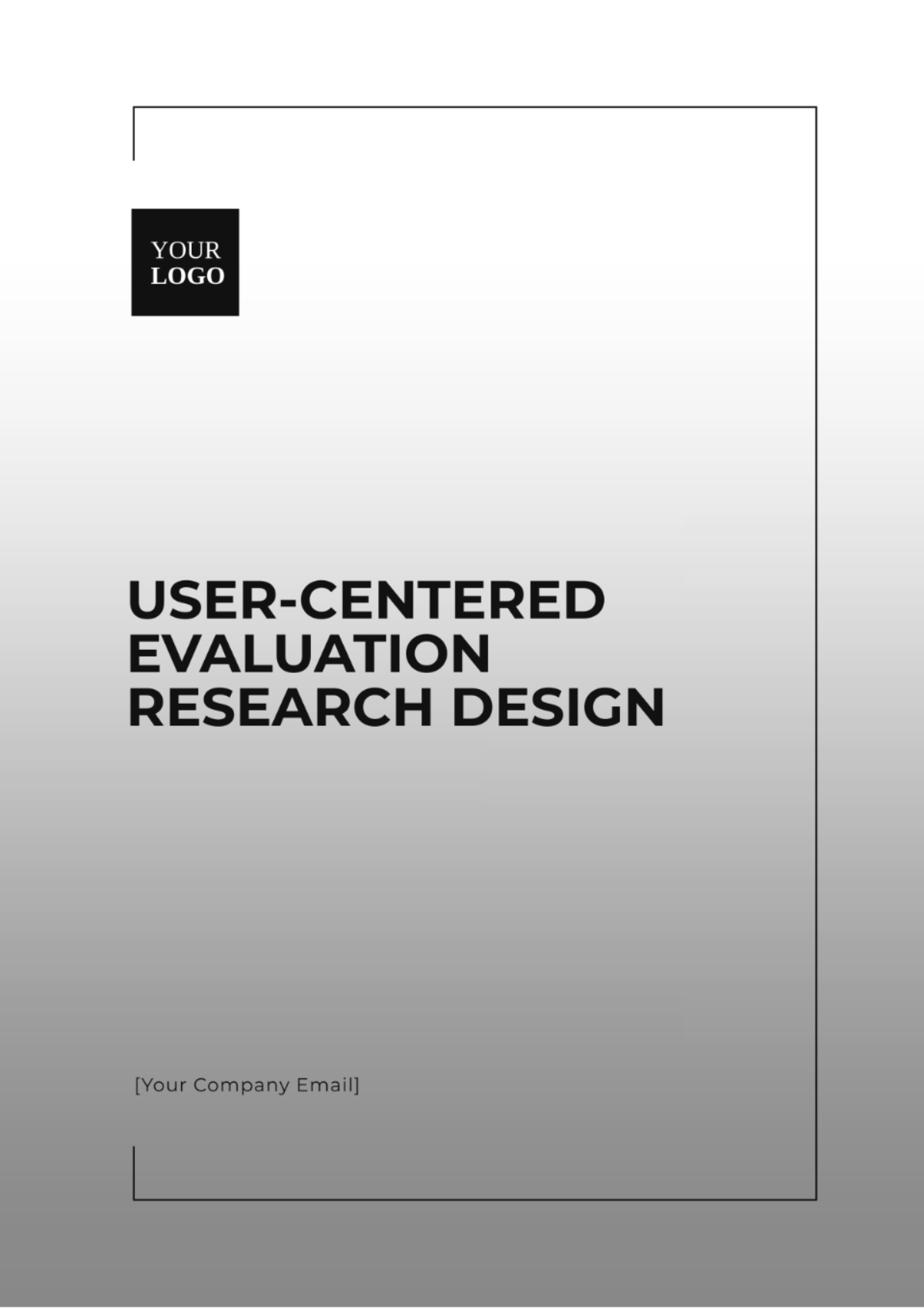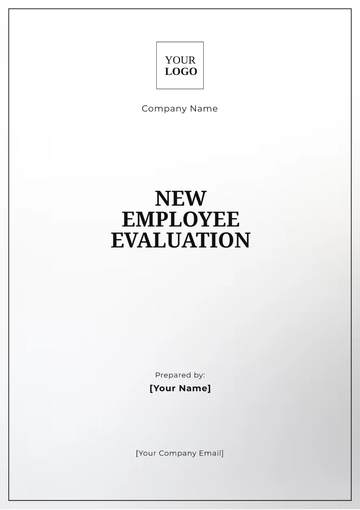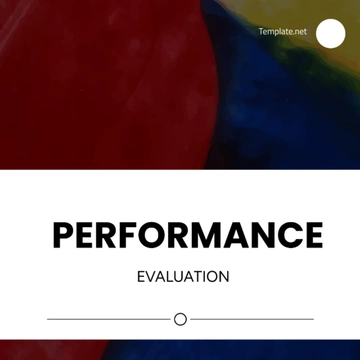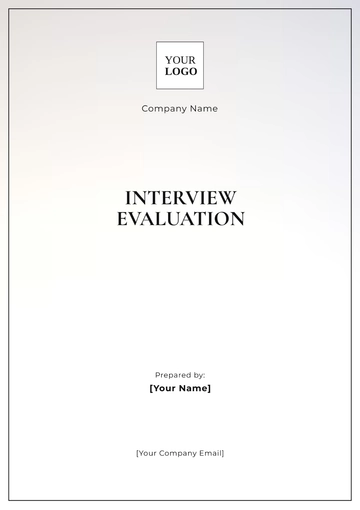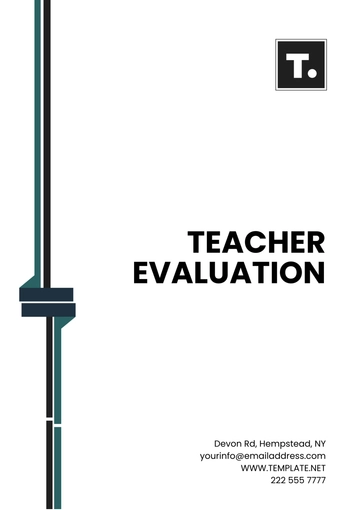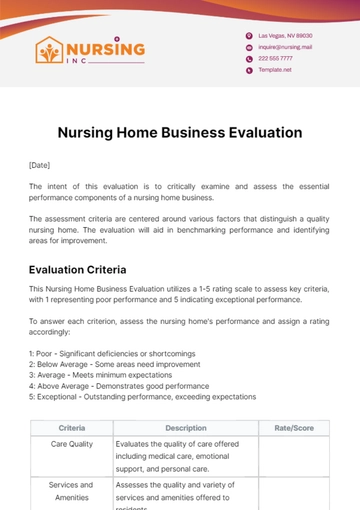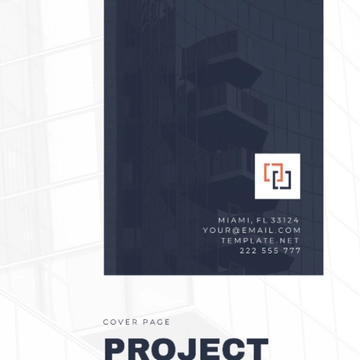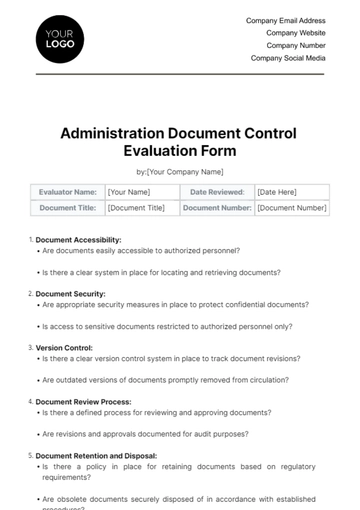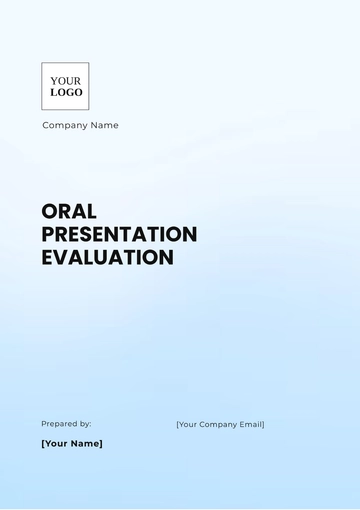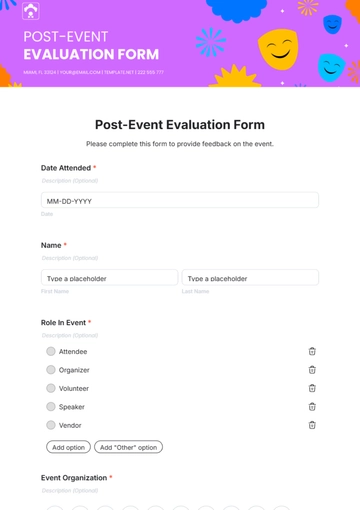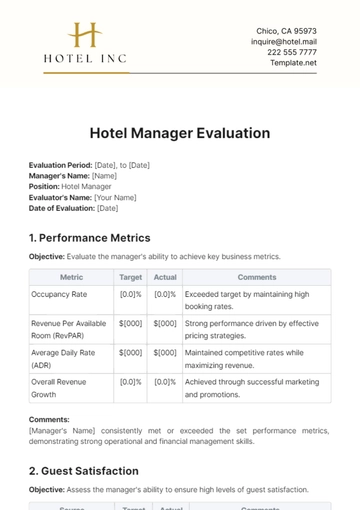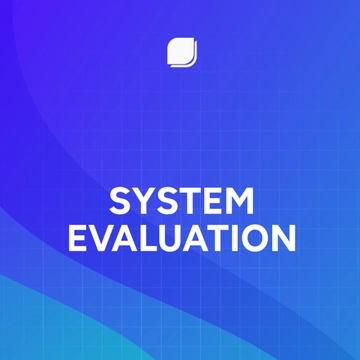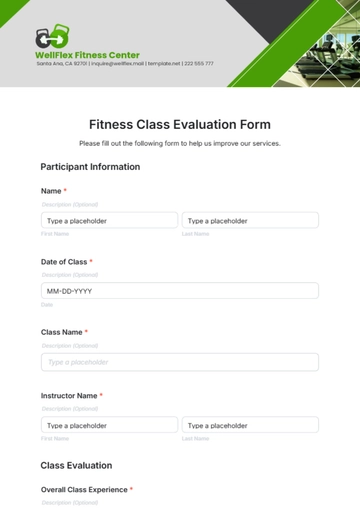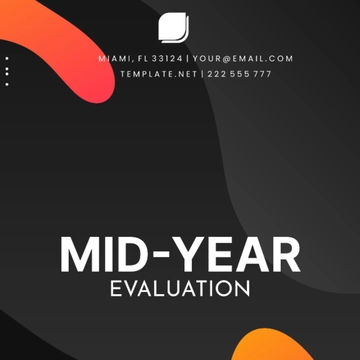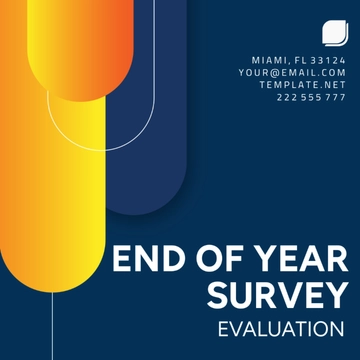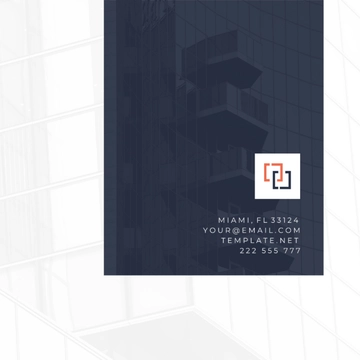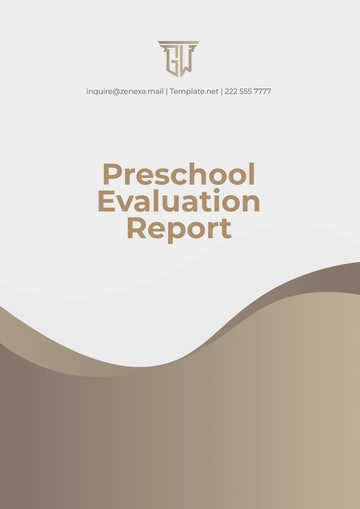User-Centered Evaluation Research Design
Prepared By: [YOUR NAME]
Date: [DATE]
I. Introduction
The objective of this research is to evaluate how well a product, service, or system meets the needs and preferences of its intended users. This study employs a user-centered evaluation research design, which involves systematically gathering user feedback and insights to enhance the usability, design, and functionality of the product from the user's perspective. The scope includes identifying user needs, evaluating current satisfaction levels, and proposing actionable improvements to better align the product with user requirements.
II. Methodology
A. Data Collection Techniques
Focus Groups: Group discussions are organized to explore, in a comprehensive manner, the perceptions, opinions, and attitudes of users. These discussions aim to delve deeply into how users feel and think about certain topics or products.
B. Data Analysis Techniques
III. Participants
The user group studied consists of a diverse sample representing the intended users of the product, service, or system. This includes:
Demographic Attributes: Information about a person's age, gender, occupation, and background involves detailed data on their chronological age, gender identity, professional career, and personal history.
IV. Evaluation Criteria
Usability evaluates how easy the product is to use, focusing on how quickly users can learn it (learnability), how effortlessly they can perform tasks (ease of use), and their overall satisfaction. High usability means users can navigate and use the product with minimal frustration.
Performance measures the product’s efficiency in terms of speed, reliability, and effectiveness. It looks at how quickly tasks are completed, the consistency of the product’s operation, and the efficient use of resources.
Accessibility ensures the product is usable by people with disabilities. This includes support for assistive technologies, adherence to accessibility standards, and features like color contrast and keyboard navigation to make the product inclusive.
Aesthetics evaluates the visual appeal and overall design quality. It considers the attractiveness of the interface, the coherence of design elements, and how these contribute to a pleasant user experience.
V. Results
The findings from the research, based on user feedback and observations, include:
Evaluation Criteria | Positive Feedback | Negative Feedback | Observations |
|---|
Usability | Easy to navigate | Complex initial setup | Users struggled with advanced features |
Functionality | Comprehensive features | Some features are redundant | Users want more customization options |
Performance | Fast processing speed | Occasional crashes | System needs optimization |
Accessibility | Screen reader compatible | Color contrast issues | Needs better support for keyboard navigation |
Aesthetics | Modern design | Cluttered interface | The user interface needs simplification |
VI. Recommendations
VII. Conclusion
The user-centered evaluation research design effectively identified key areas for improvement in the product, service, or system. By systematically gathering user feedback and insights, this methodology ensures that the final design better meets the needs and preferences of its intended users. The recommendations provided are aimed at enhancing usability, functionality, performance, accessibility, and aesthetics, leading to a more user-friendly and satisfying experience.
VIII. References
Research Templates @ Template.net
